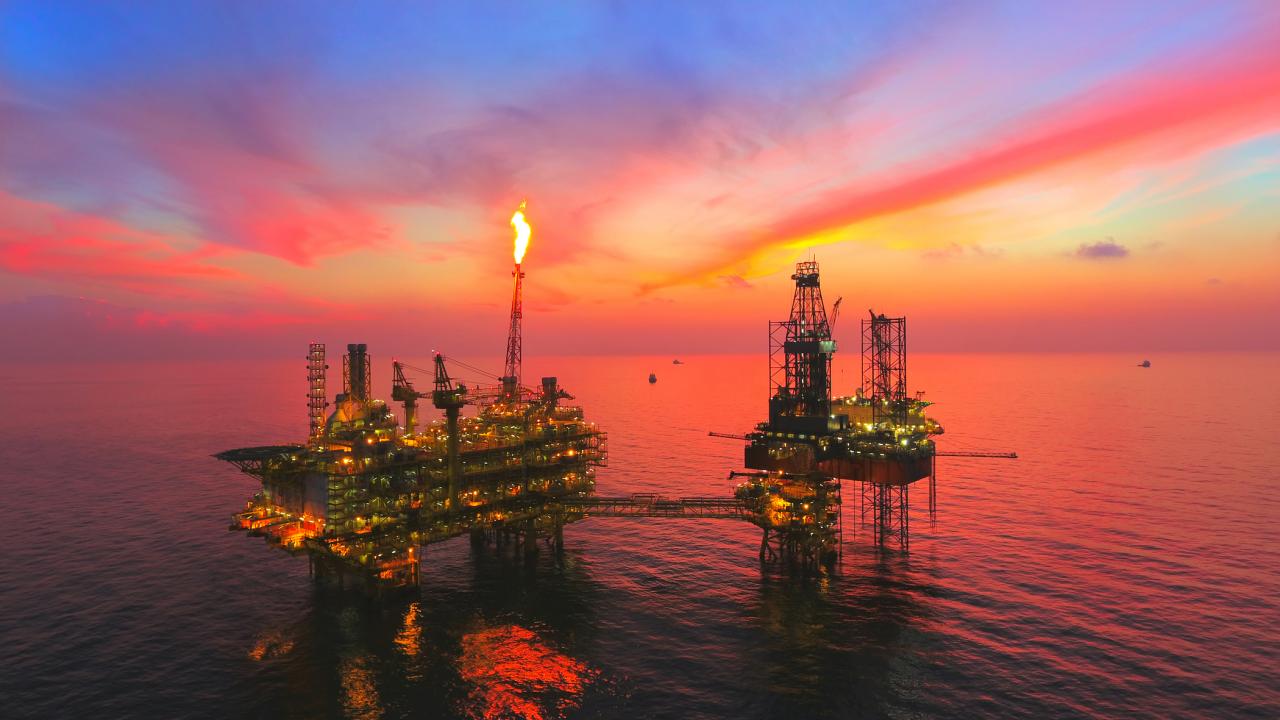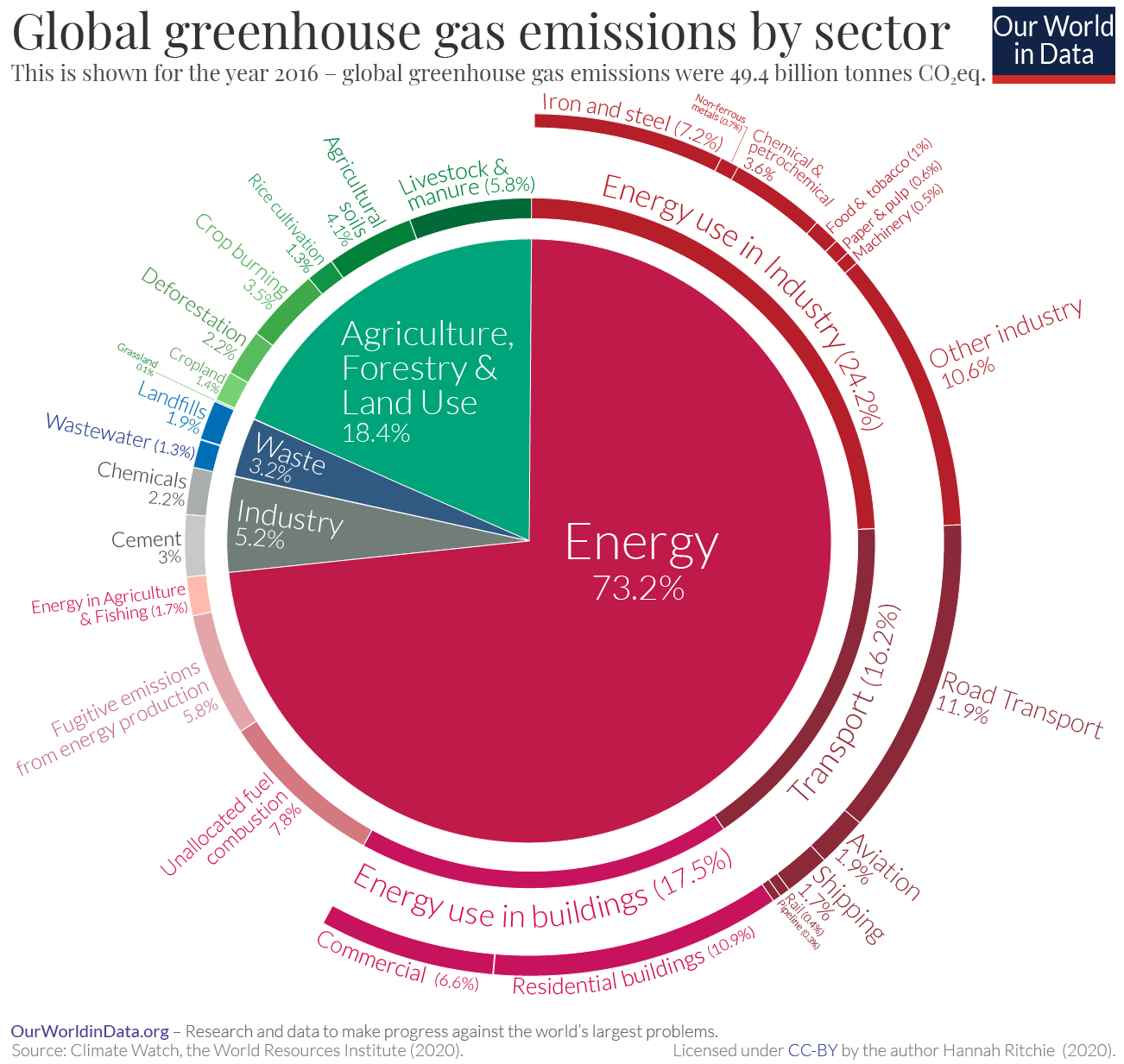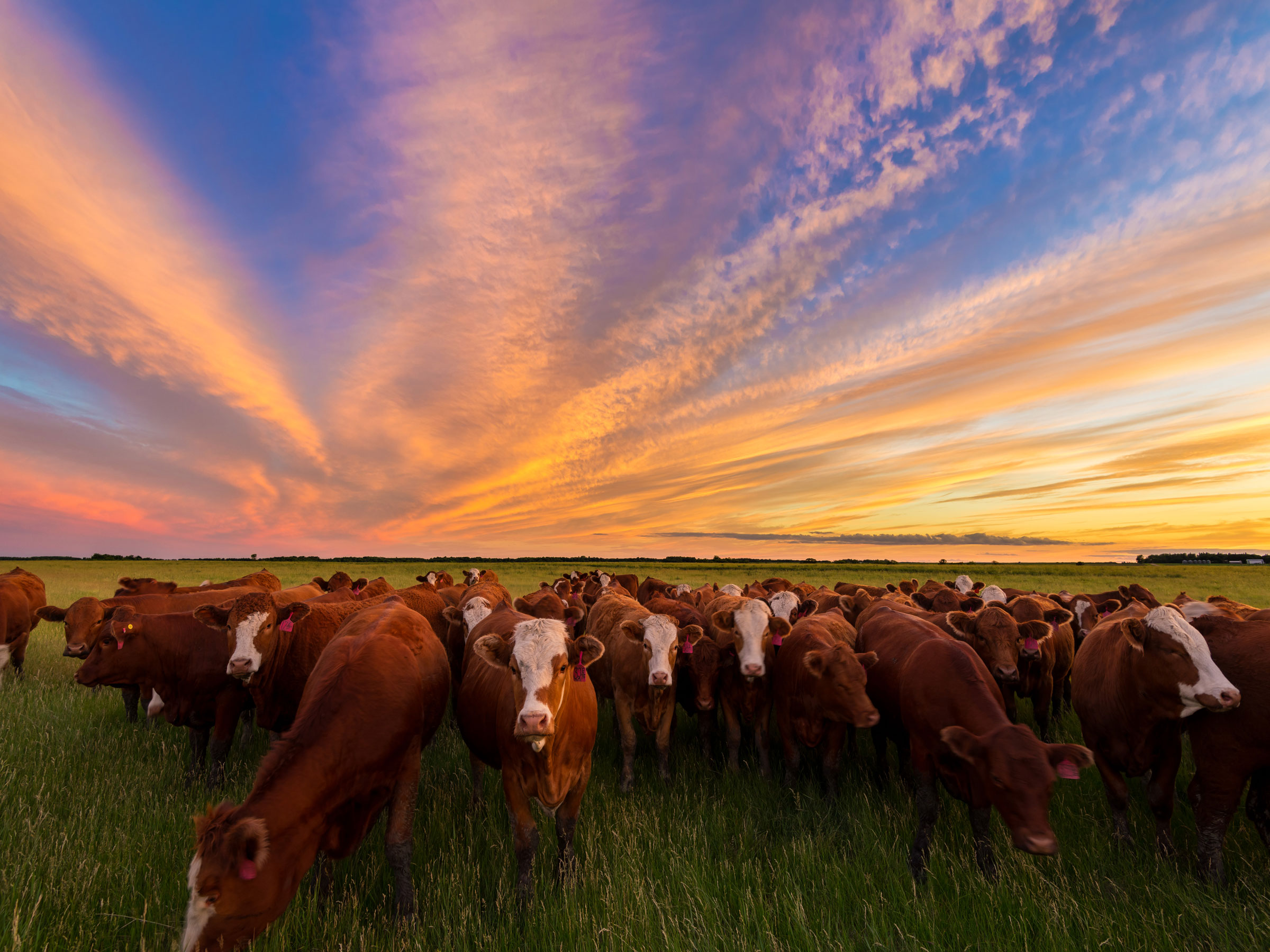
Big oil distracts from their carbon footprint by tricking you to focus on yours
It’s been two decades since British Petroleum and the marketing agency then named Ogilvy & Mather deceived lots and lots of unwitting Americans into believing the hands of fossil fuel companies are clean of contributing to climate change through imaginative messaging. To this day, their marketing campaign continues to be highly effective in getting the public to take on the weighty responsibility of halting climate change. We’ve cut back on meat, upped our recycling game and made the creative campaign’s key phrase – “carbon footprint” – part of our vernacular. All in an attempt to make a positive difference – and yes, to clear our consciences.
But are our efforts akin to spitting into the wind? A recent article by Mark Kaufman in Mashable’s Social Good Series calls the work of the oil giant and one of the world’s largest advertising gurus “a successful, deceptive PR campaign” designed to transfer the blame for an increasing amount of “heat-trapping carbon pollution” from companies like British Petroleum, commonly referred to as BP, to individuals. In the same way that Smokey Bear advises that one person (“only you”) can start or prevent a wildfire, thanks to BP and Ogilvy, we’re convinced that every move we make has the potential to heat up the atmosphere.
To refute the idea, Kaufman points out we’re in the midst of the largest carbon-footprint-reducing time ever. Once the pandemic took hold in America, we stopped driving and flying. Goodness – the air in Los Angeles even cleared up. Yet, the glut of carbon dioxide hanging in the atmosphere and blanketing Earth won’t go down at all this year. In fact, while less may be deposited to the atmosphere, more will still be added to as it has been each year before. That’s because the very entities that have been so good at getting us to assume responsibility for the atmosphere’s stockpile of carbon dioxide are still doing their worst. That is, as Kaufman says, “drilling deep into the Earth for, and then selling, carbonaceous fuels refined from ancient, decomposed creatures.”
Oil companies aren’t the only culprits when it comes to giving off greenhouse gases. However, they comprise a significant subset of the group that holds the key to making or breaking this race to keep the Earth from heating up to the point of no return. In a USA Today opinion piece authored by Michael Mann and Jonathan Brockopp, the Penn State University professors assert that changes in personal actions aren’t making a dent in global warming. More to the point, they’re hurting it in an epic way by putting up a smokescreen behind which corporate polluters can continue on unfettered. “There is no way to avert the climate crisis without keeping most of our coal, oil and gas in the ground, plain and simple,” they say. They are of the belief – as am I – that far-reaching, systemic changes are necessary, and with no time to waste.
We know what greenhouse gases are, and thanks to the EPA, we know where they come from. So why are we still chasing our tails in this race against the clock? We continue to distract from the problem by disproportionately blaming sectors such as agriculture. Within that suggested framework, meat is practically a dirty word to some climate activists. Why so, when animal agriculture is responsible for only 5.8 percent of the global greenhouse gas pie according to an article in Our World in Data by Hannah Ritchie? Keep in mind, this is direct emissions and does not include processing, packaging, transport and retail.
 Incidentally, the energy sector (electricity, heat and transport) is responsible for about three-fourths of GHG emissions at 73 percent. All of agriculture, forestry and land use comes in at under 20 percent, with livestock nearly 6 percent.
Incidentally, the energy sector (electricity, heat and transport) is responsible for about three-fourths of GHG emissions at 73 percent. All of agriculture, forestry and land use comes in at under 20 percent, with livestock nearly 6 percent.
In no way am I suggesting that we ignore livestock’s 5.8 percent, especially when you consider their life cycle assessments. And in fact, we haven’t been. As far as animal agriculture goes, U.S. farmers deserve a shoutout. For at least 50 years, they’ve been reducing their herds’ emissions continually through efficiency measures, feed additives, etc. In addition, we know that methane emitted by ruminant animals, though a potent greenhouse gas, has a half-life of about a decade . After that, it’s converted to carbon dioxide and returned to the atmosphere. Keep the methane emissions constant, keep the warming constant. Reduce emissions, reduce climate warming.
California’s dairy sector is well on its way to being climate neutral, thanks to efficiencies that have led to produce more milk with less cows, and the implementation of new technologies.
Fossil fuels don’t behave that way. Their carbon dioxide is on a one-way path that dead ends above our heads and seemingly beyond our reach. Big oil other fossil fuel companies would have you believe that the food you eat or the light bulbs in your lamps are to blame. But, don’t take their word for it – the only bull worth buying has four hoofs and can be part of a climate solution.
We must shift our energy sector away from fossil fuel, keeping geological carbon out of the atmosphere and in the ground where it’s been for millions of years, if we want to slow climate change. Fossil fuel industries would do well to find innovative ways to reduce their carbon footprint, instead of pouring massive amounts of money into manipulating you and I.

Why methane from cattle warms the climate differently than CO2 from fossil fuels
Methane is a potent greenhouse gas with a warming potential more than 28 times that of carbon dioxide (CO2). But when it comes to livestock and climate change, there are many other characteristics that set biogenic methane (methane from cattle) apart from CO2.
